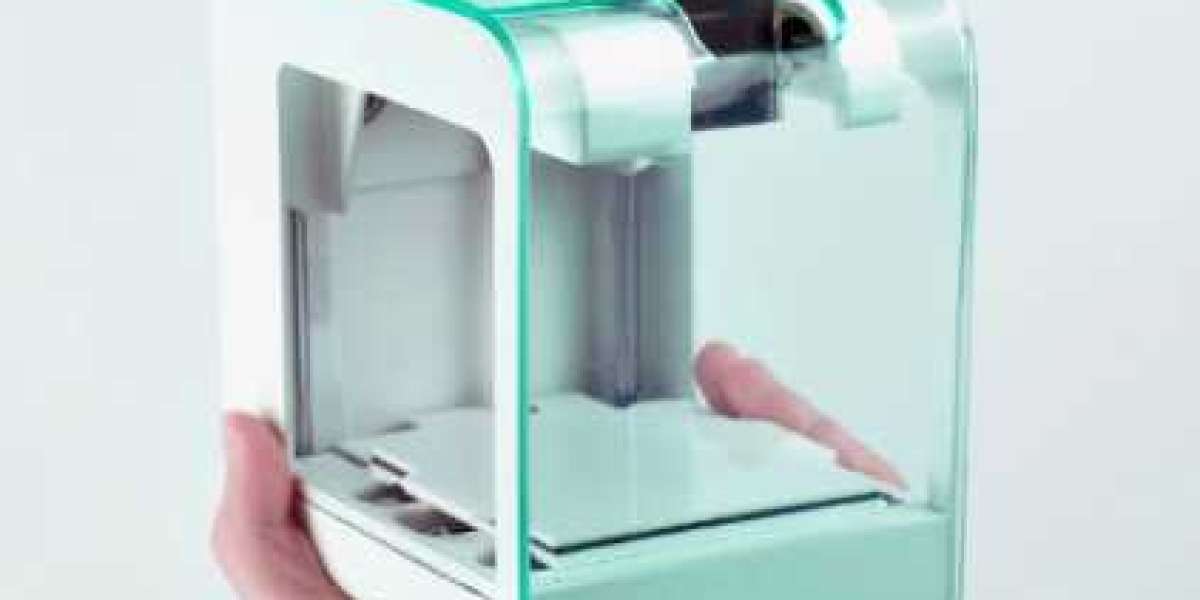However, printing accuracy, as one of the important indicators to measure the performance of 3D printers, is particularly important for mini 3D printers. This paper will deeply discuss the printing accuracy of mini 3D printer and its influencing factors, and analyze its application prospects in different fields.
First of all, we need to clarify what is the printing accuracy of 3D printers. Printing accuracy refers to the degree of accuracy between the printed item and the original model, and it is affected by a number of factors, including the accuracy of the mechanical parts, the characteristics of the printing material, the printing parameter Settings, and environmental factors. For mini 3D printers, their printing accuracy is usually between tens to hundreds of microns, which can meet the general DIY needs and some professional applications.
There are many factors that affect the printing accuracy of mini 3D printers, the most important of which is the accuracy of mechanical parts. The mechanical structure of mini 3D printers is usually more compact, so the precision of key components such as motors, slides, and screws is higher. The high-quality motor and drive system ensure stable motion of the print head, reducing vibration and error, thereby increasing printing accuracy. In addition, the stability of the printing platform is also one of the key factors affecting the accuracy, and the solid platform structure can effectively reduce the resonance and deformation during the printing process.
The choice of printing material will also have a significant impact on printing accuracy. Different materials have different physical and chemical characteristics, such as melting temperature, fluidity, shrinkage, etc., which will affect the molding effect in the printing process. Selecting high-quality materials suitable for mini 3D printers and optimizing printing parameters (such as temperature, layer thickness, printing speed, etc.) can effectively improve printing accuracy and surface quality.
Environmental factors are also one of the factors that can not be ignored. Temperature and humidity changes will affect the performance of the material and the molding effect during the printing process, so maintaining a stable working environment is crucial to improve printing accuracy. In addition, regular calibration and maintenance of the printer to ensure that it is in good working condition is also a key measure to ensure printing accuracy.
Although the printing accuracy of mini 3D printers is limited by many factors, its application prospects in many fields are still broad. In the field of education and makers, mini 3D printers can be used as teaching tools to help students understand and master 3D printing technology and cultivate innovative thinking and practical ability. In the medical field, mini 3D printers can be used to make personalized medical devices and models to support medical diagnosis and treatment. In the field of art and design, mini 3D printers can help artists and designers quickly realize their creativity and produce beautiful artworks and models.
With the continuous progress of technology, the printing accuracy of mini 3D printers will be further improved, and the application field will be further expanded. By continuously optimizing mechanical structure, improving printing materials and algorithms, and improving environmental control capabilities, mini 3D printers will be able to meet the needs of more complex and high-precision applications, bringing more convenience and innovation opportunities to individual users and professional fields.
In short, the printing accuracy of mini 3D printers is an important embodiment of their performance, which is affected by a variety of factors. By continuously optimizing technology and improving applications, mini 3D printers will play a greater role in the future, bringing more convenience and innovation to our lives and work.






